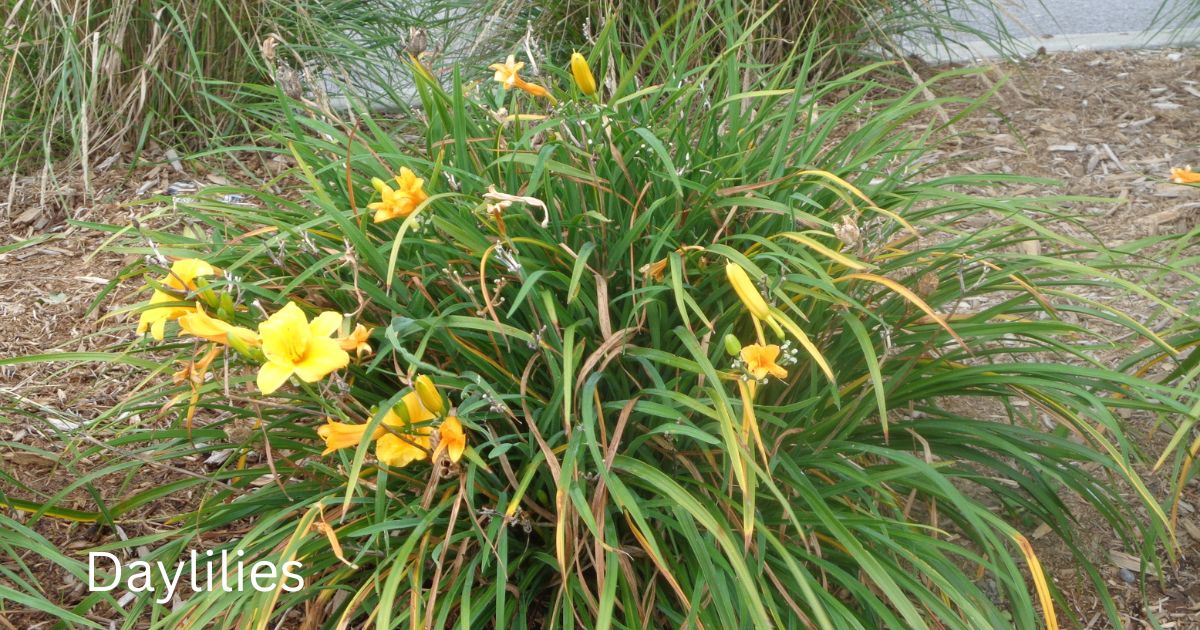Sunlight is the key ingredient to make your daylilies shine their brightest. These sunny perennials love soaking up those rays, but they do appreciate a little afternoon shade, especially in the hottest parts of the summer. Aim for about six hours of sunlight to keep those blooms happy and bustling.
When it comes to quenching their thirst, daylilies aren’t too fussy. Consistent moisture does the trick, but they don’t like soggy feet. Water them regularly, especially during dry spells, but let the top inch or so of soil dry out between waterings to prevent rot.
Daylilies dig soil that can breathe, meaning well-drained is the order of the day. Mix in some organic matter like compost or well-rotted manure to give them a rich, nutrient-dense base. A slightly acidic to neutral pH around 6.0 to 7.0 is where these plants like to hang out.
Picking the right spot in your garden makes a world of difference. Try for a place where water drains well, and avoid low areas where water pools. Consider their height and spread, and allow them some space to groove without crowding — think of it as plant social distancing.
Nurturing Your Daylilies for Growth and Blooming
Timing is everything when it comes to keeping your daylilies looking fresh. Deadheading, or removing spent flowers, can extend the blooming period and keep the plants looking tidy. Snip off the old flowers where they meet the stem. Cutting back the foliage after blooming can help the plant focus on root and energy storage for the next season.
Pests love a good daylily feast, so it’s crucial to keep an eye out for intruders like aphids, spider mites, and thrips. Using a garden hose to spray them off with water can work wonders, or consider introducing beneficial insects like ladybugs. For diseases, watch out for issues like daylily rust and crown rot. Keeping leaves dry and ensuring good air circulation can help reduce these problems.
Dividing your daylilies every few years is like giving them a fresh lease on life. When they start to look crowded or blooms decrease, that’s your cue. Dig them up carefully, pull apart the clumps, and replant them with plenty of space to thrive. It’s like a spring cleaning for your garden but can be done in autumn too.

Exploring the Diversity of Daylilies
Daylilies come in an amazing array of colors and styles, enough to suit any gardener’s palette. From the classic orange and yellow hues to mesmerizing purples and reds, the possibilities are endless. Some popular varieties include ‘Stella de Oro’ with its dependable gold blooms, and ‘Ruby Spider’, known for its striking red and yellow petals.
The origins of these beauties trace back to Asia, particularly China, Japan, and Korea, where they’ve been gracing gardens for centuries. They’ve traveled a long way to become a staple in Western gardens, evolving along the way to meet diverse climatic conditions.
When picking varieties, consider not just the colors but also bloom time and plant height. Early bloomers like ‘Bitsy’ start the show in the spring, while late bloomers such as ‘Autumn Minaret’ carry beautiful blossoms into early fall. Choosing complementary varieties can ensure your garden is sprinkled with color all season long.
For those wanting low-maintenance options, ‘Happy Returns’ and will offer reliable blooms with minimal fuss, try out any variety of daylilies.
